Are we experiencing some “digital fatigue”? By judging from the number of film cameras used on major winning productions, we might, as the film cinema cameras are back into the game. Should you shoot your next project on film? Read the article and decide.
Film changes the way movies are made.
Why do top-notch directors shoot on film? Quentin Tarantino continues to have a strong preference for the look of the film, and Christopher Nolan shot Dunkirk primarily on a 70mm film. The charts in the article speak for themselves by presenting the main cinema cameras behind Oscar Best Picture and Cinematography nominees and other primary film contests that indicate excellence in motion-picture imaging. It appears that film cameras are the majority as they have been selected over other modern digital cameras to shoot those award-winning films. Examine the chart below to reveal the data (press on the image to get a larger view).
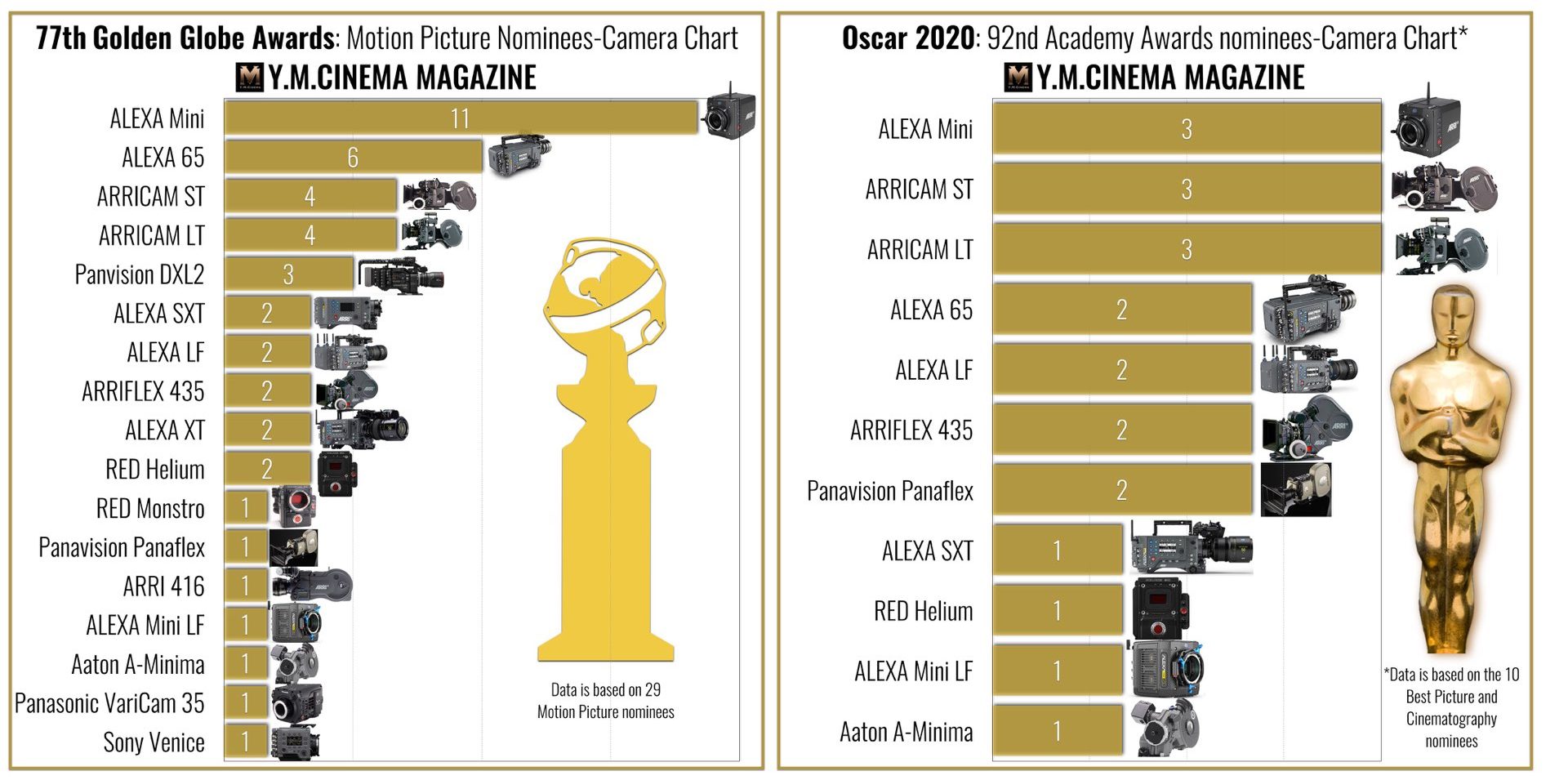
Film demands discipline
Film cameras are big and bulky. You can’t just manipulate movement like digital cameras. Although there are more compact film cameras (ARRIFLEX 235) and on the other hand, there are big and bulky digital cameras (ALEXA 65, for instance). But generally speaking, film cameras are much heftier. Sometimes a dedicated setup must be built in order to move the camera in a certain way, which makes things a bit more complicated on production.
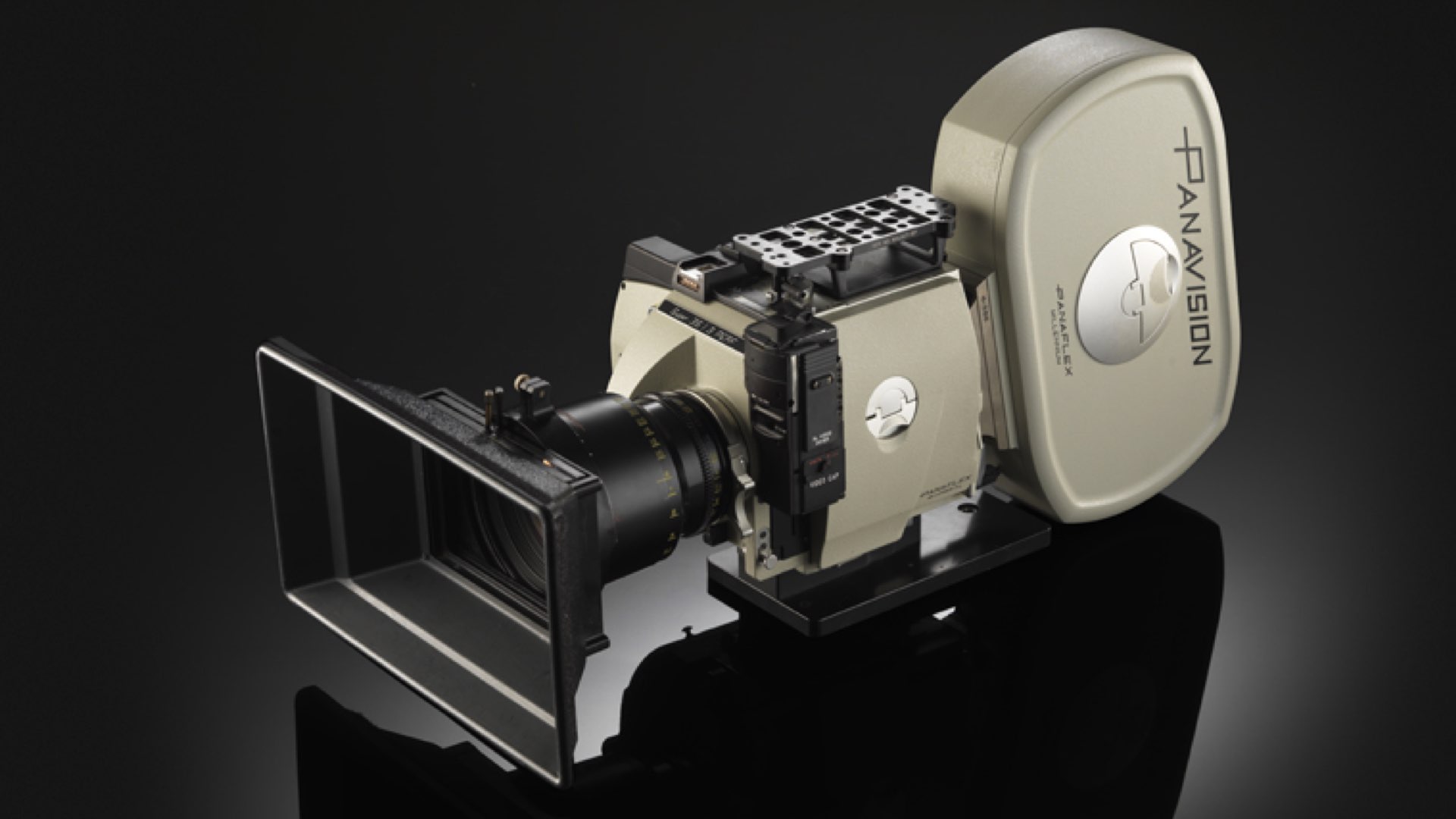
The pursuit after the film look has been ironically accelerated in the digital age, when we find ourselves applying this look with the help of dedicated tools, like Instagram filters, NLE effects, to professional film emulators like FilmConvert
The real (organic) look
When we talk about the “film look,” we think of the beautiful artistic grain that grants the desired cinematic look to the story. The pursuit after the film look has been ironically accelerated in the digital age, when we find ourselves applying this look on with the help of dedicated tools, like Instagram filters, NLE effects, to professional film emulators like FilmConvert. So If you thought that shooting on film is a thing of the past, think again, as commercials, music videos, and independent features are increasingly being shot on film. There is a hypothesis that film remains in a niche market of enthusiasts and format lovers. However, after examining the top films of recent years, film cameras are still top-rated. Statistically speaking, the film took the Oscar 2020, which is quite a fascinating fact. Explore the charts below, which demonstrate the percentage of film cameras vs. digital regarding the Golden Globe awards and the Oscar in 2020. If you’re looking for a definite statement, it can be concluded that the film has won. The pie charts below are an excellent example of how film constitutes a significant slice compared to digital. (Press on the image to get a larger view).
Precision: less improvisation and more planning
In continues to the section above, the film set dictates vast planing above improvisation. These characteristics elevate the commitment of the entire crew to achieve the shot. There is more discipline into it, contrary to run & gun shooting style. Film stock is much more expensive than memory cards. That’s why the crew has to be highly professionalized, and every scene must undergo a vast amount of rehearsals. Furthermore, film magazines give you less time to shoot without having to reload. Because a negative stock needs to be handled with extra care, it demands more of the director of photography and the camera assistant.
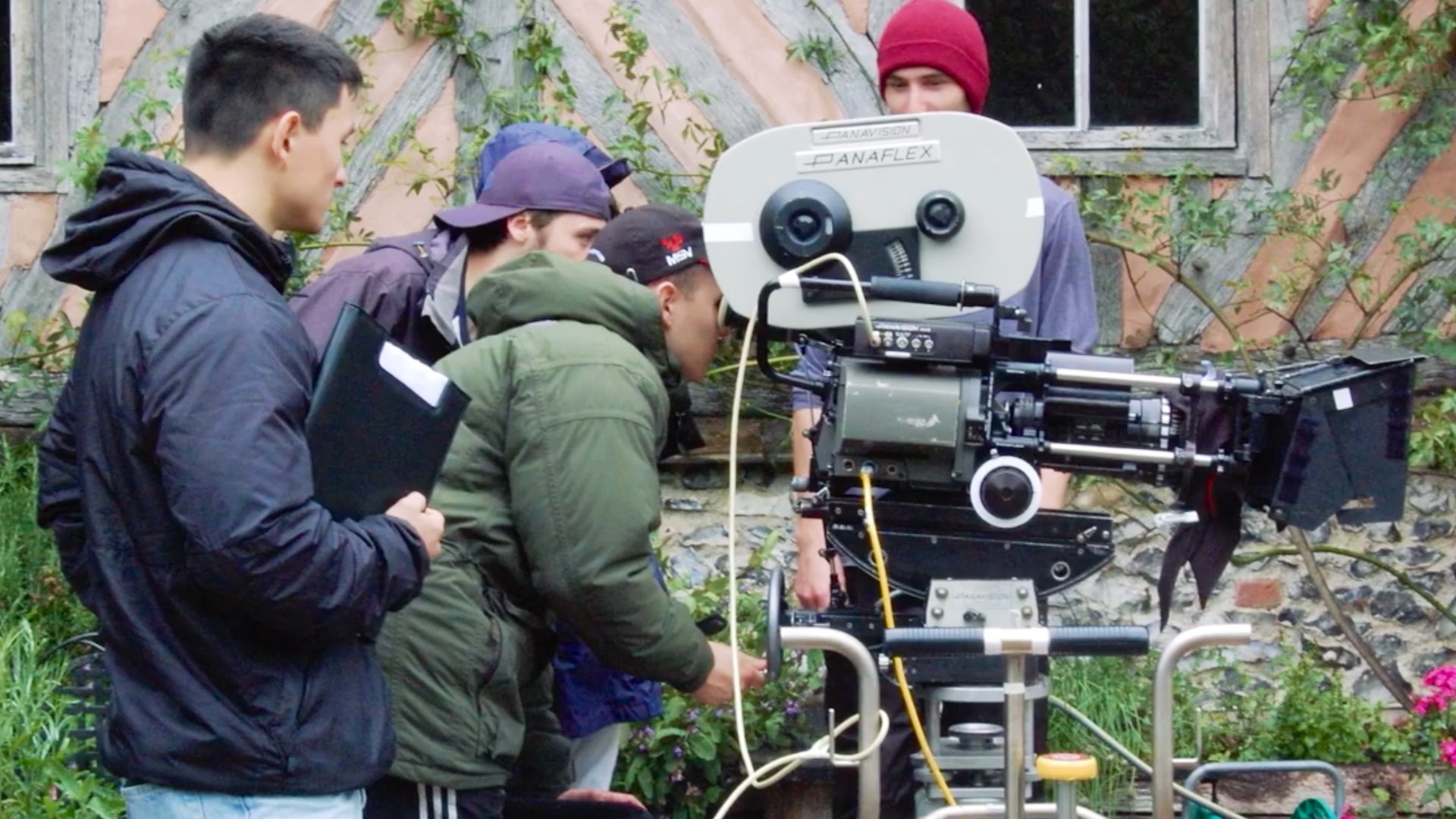
From physical film to NLE
To deal with film in post-production, you must have a decent amount of expertise. Cinelab London opened its doors in 2013 launched by a team of film specialists, all bonded by their passion for lm and the craft involved in the processing and finessing of it. Their mission to support all Filmmakers choosing celluloid film as their creative medium of choice by providing a complete solution for film, from acquisition through to final delivery. Check out their cool video down below, which sheds some light on the production and post-production processes. BTW, it’s claimed in the video that shooting film is less expensive than shooting digital. I won’t be so sure about that. But again, have a look at the video to get a bit of inspiration.
The digital fatigue
According to Adrian Bull, founder and Managing Director of Cinelab, there may also be a bit of digital fatigue. “We’ve seen bigger images and more pixels, but it’s still video. I don’t want to debate, which is better. Still, now that we’re able to scan film at high resolutions, you can deliver the highest quality of imagery for video or theatrical presentation from the film,” he adds.
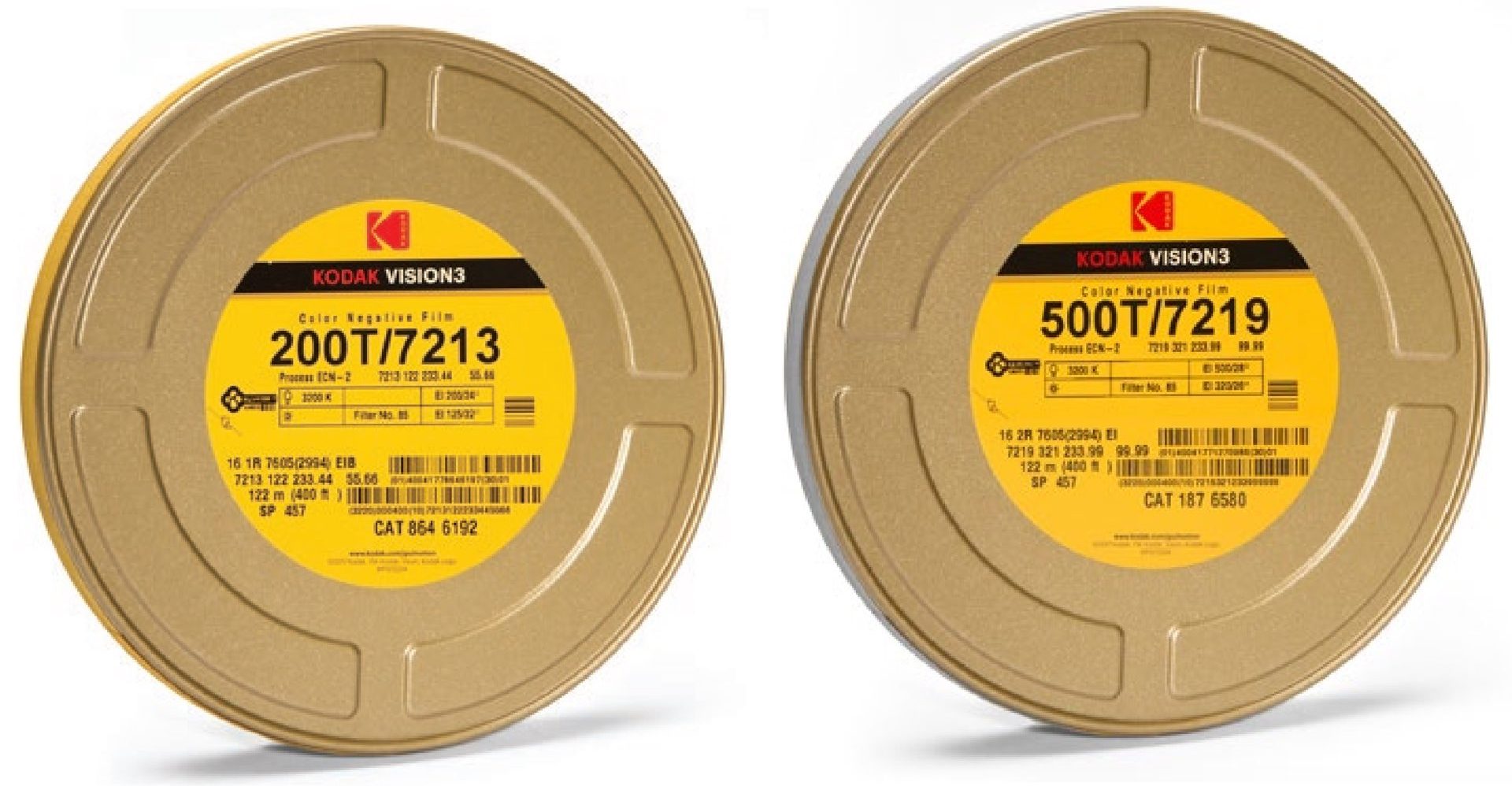
We’ve seen bigger images and more pixels, but it’s still video. I don’t want to debate which is better, but now that we’re able to scan film at high resolutions, you can deliver the highest quality of imagery for video or theatrical presentation from the film
Adrian Bull, founder and Managing Director of Cinelab
Final thoughts
We’re living in a fascinating creative era, which we’re witnessing a comeback regarding “old” and conservative filmmaking technologies and approaches. That is intriguing, mainly when we, the filmmakers, are located in the middle of the race to higher resolutions. As demonstrated, shooting film demands discipline and dedication at a higher level compared to digital cinematography. Moreover, film cameras are combined with the latest technologies on high-end productions like Hollywood and Netflix. Some filmmakers recognize the process of shooting film as a pure cinematography journey that will grant the audience real cinematic imagery

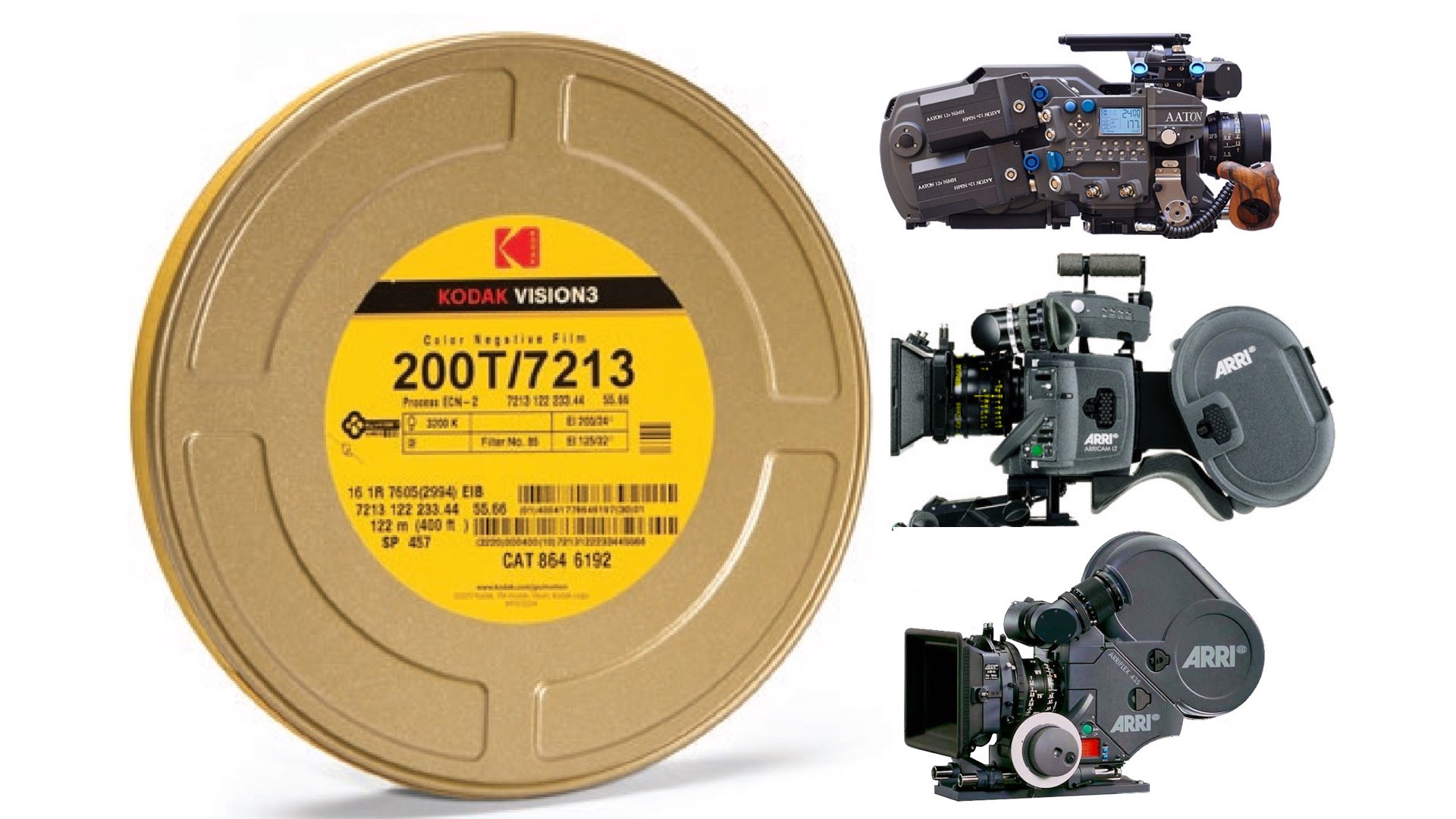
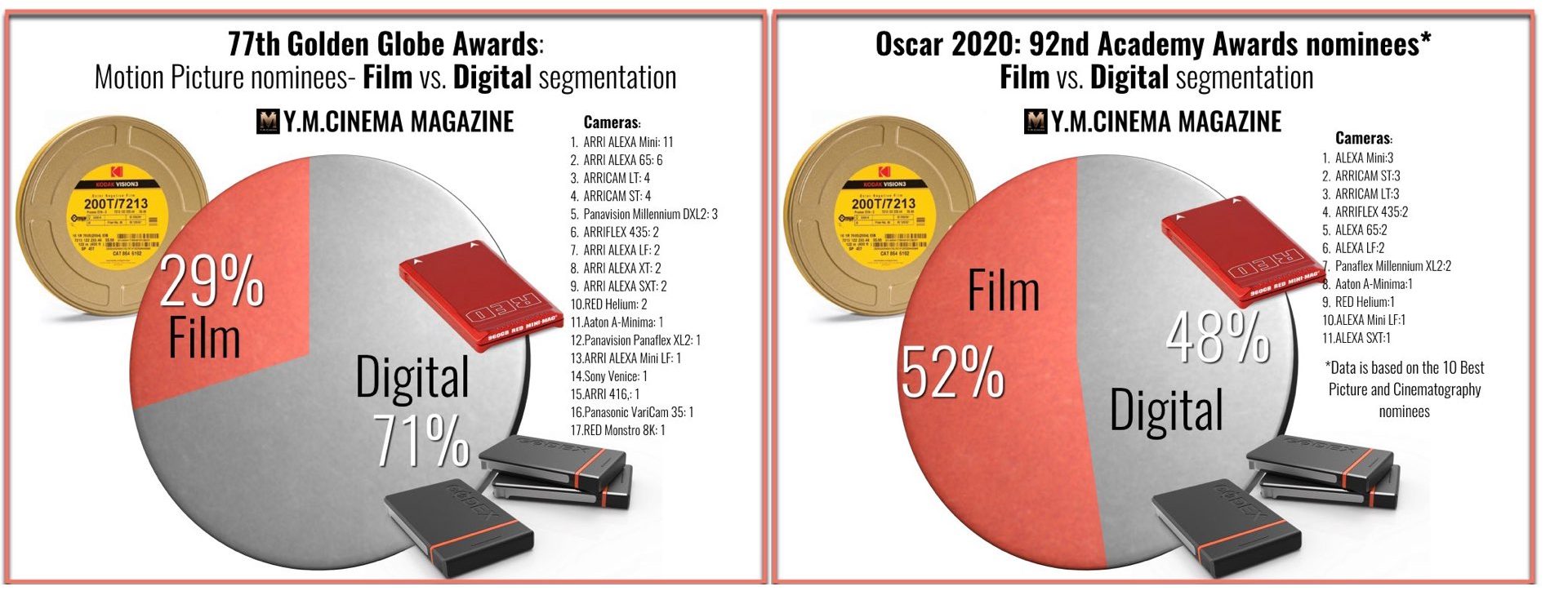

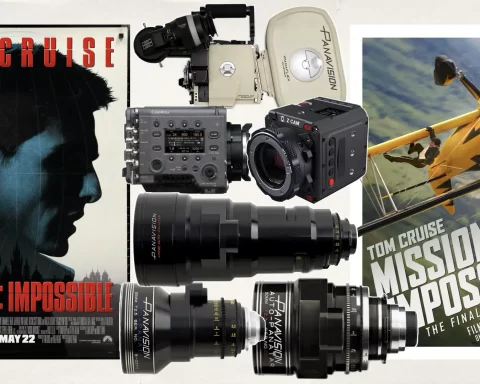

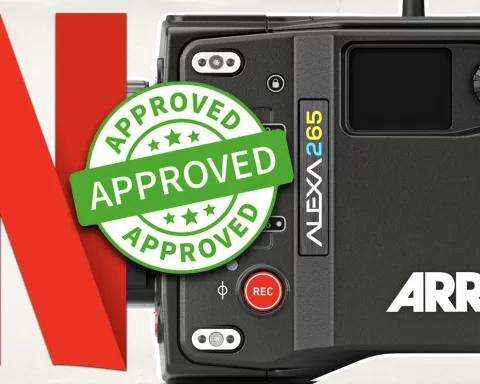
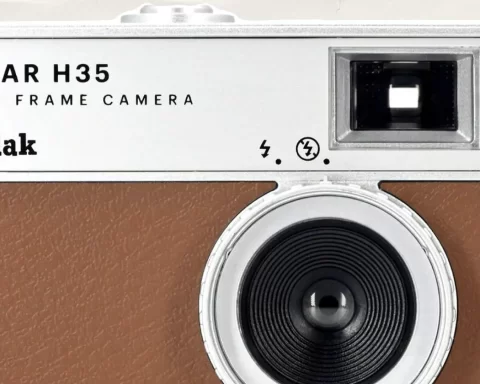
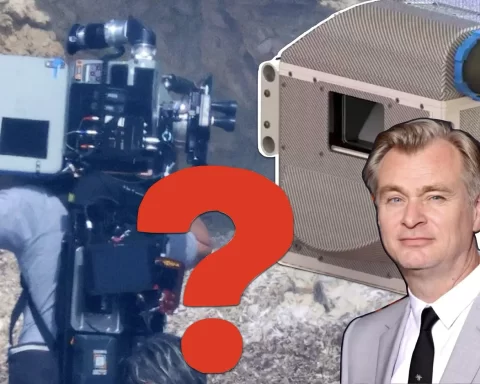

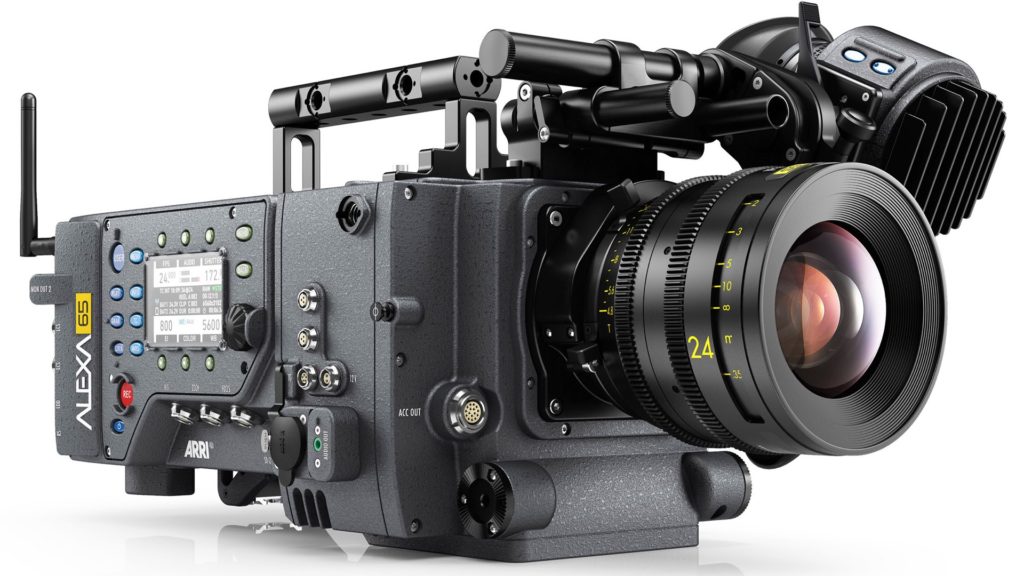
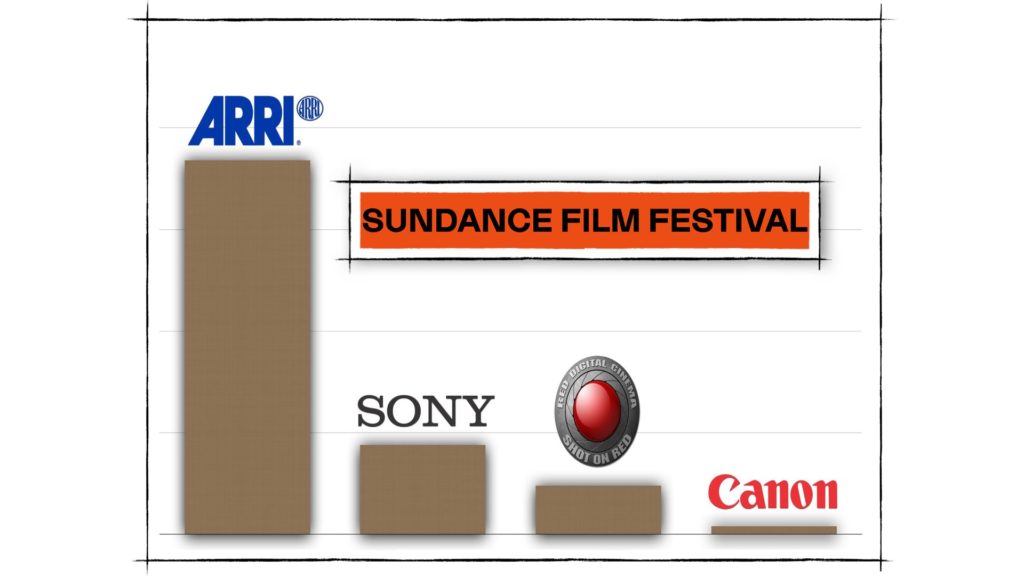
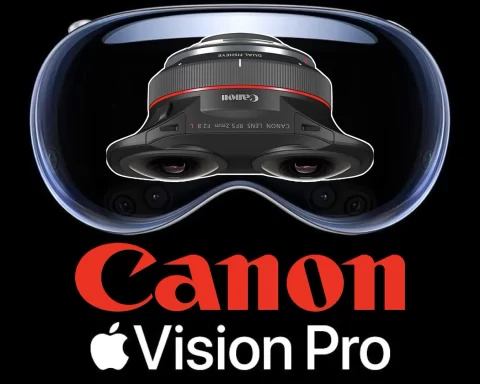
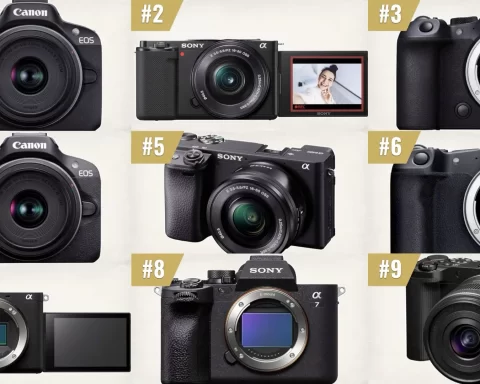
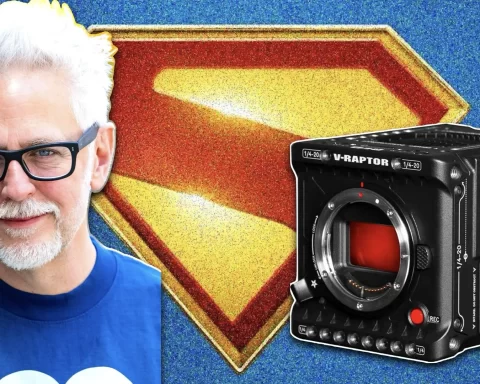

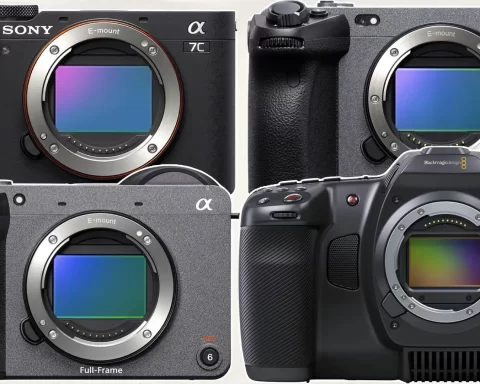
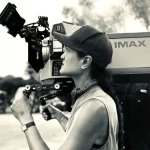
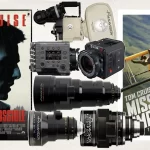
[…] those of you who are not experienced with film, we highly recommend to read our in-depth article: The Digital Cinema has Brought the Film Cameras Back in the Game. The article explains and demonstrates the impact and efficiency of the film in the modern era of […]
[…] understand the methods concerning shooting film and what’s so special about it, read our article: The Digital Cinema has Brought the Film Cameras Back in the Game. The article tries to define and demonstrate the “digital fatigue filmmakers are experiencing. […]
Film cameras are a key element in our digital cinema nowadays. Now in this article the need for digital cinema has been analysed and its necessity has been discussed. This article is praiseworthy. You have done an excellent job with this content I must say.
THX! Film cameras still produce stunning imagery. Even compared to today’s high-end ultra-resolution cinema cameras.